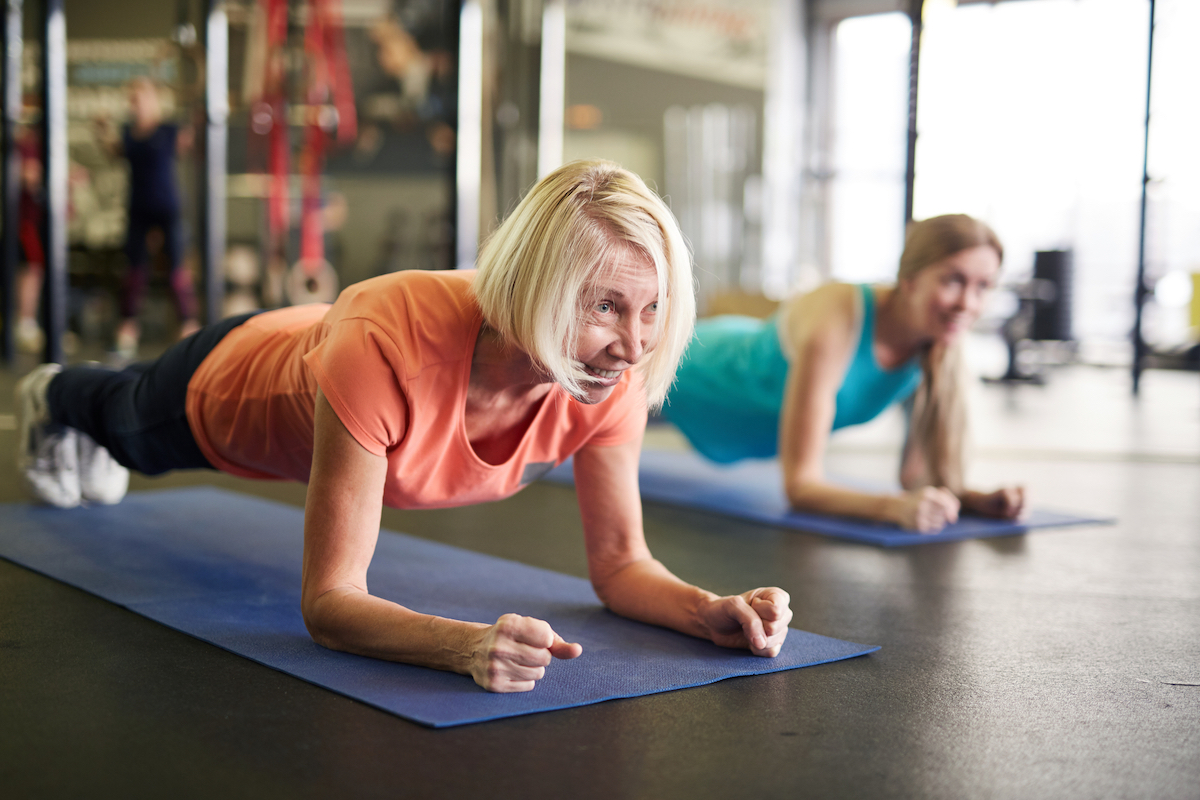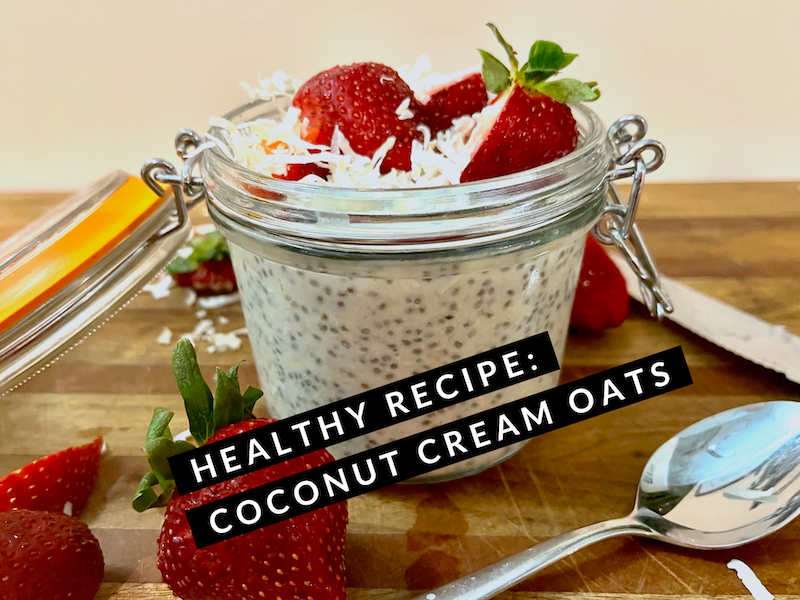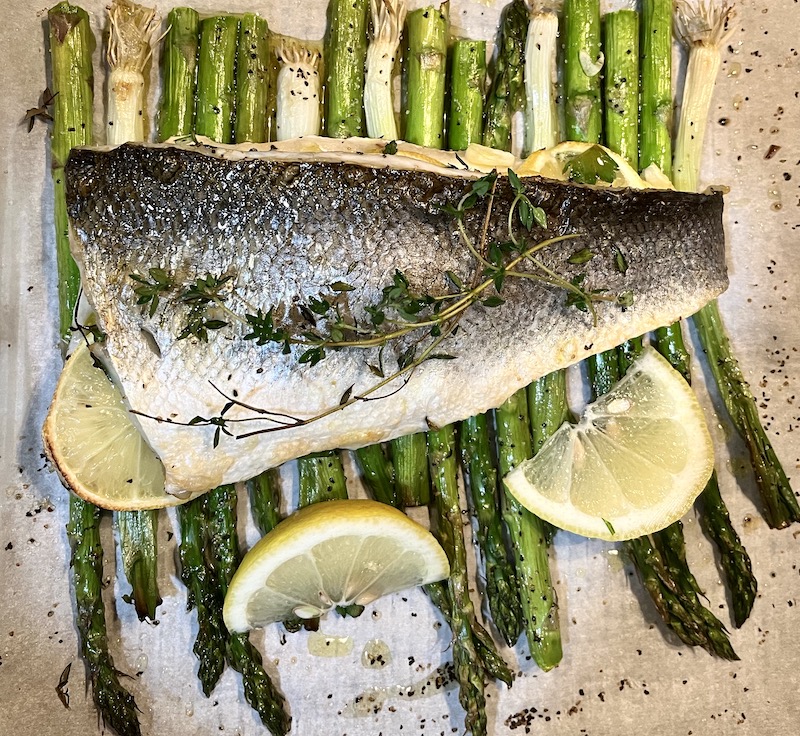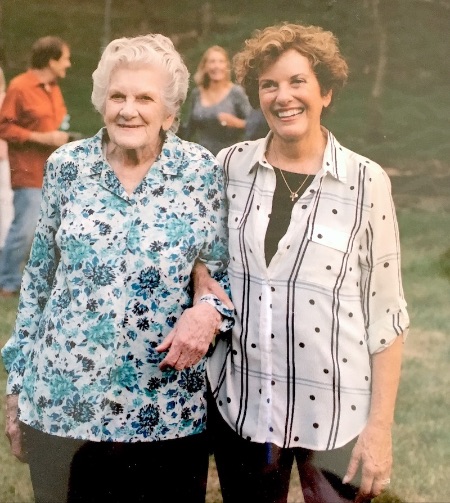Here’s a “hot take” on a common bit of advice that tells us to “Never look back – you’re not going that way.”
Yeah, sure. But here’s the deal.
If you don’t look back sometimes, then how can you review where you’ve been – and feel great about how far you’ve come?
If you’re always looking ahead to a goal off on the horizon, then you’re always going to be unsatisfied – because that goal, and the horizon, will constantly move farther away from your grasp.
It flies in the face of so much of our “goal-driven” culture, but it makes sense to focus on our gains instead of the gap between where we are and where we want to be.
That’s the premise of a book called “The Gap and the Gain” that offers a more constructive way of looking at yourself on your journey, whatever journey it might be.
The authors suggest that you’ll feel more inspired when you look back at how much you’ve gained, which is a defined point from THERE to HERE, rather than always reaching for some impossible “out there” that you can never, ever reach.
It’s a little like the “all or nothing” excuse that we often hear. People tell us they would love to get in shape, but they just don’t have time to dedicate their lives to it.
But guess what? You don’t have to dedicate endless hours and become obsessed with the gym. Any exercise is better than nothing. Any healthy meal is better than a drive-through. Any activity is better than none.
And it all adds up to impressive GAINS that will motivate you even further.
Seriously, think about this.
Do you feel frustrated because you haven’t reached your goal weight?
OK. Now remember what you weighed when you started. Compare it to your current weight. Applaud that gain! It’s fantastic!
If you can’t go to the gym five days a week, no worries. Go two days a week. That’s better than none.
It’s all in how you look at it, but in a practical sense that pays off in real dividends.
Specifically regarding “The Gap and the Gain,” here’s what co-author Benjamin Hardy says:
“[T]his one simple concept is a masterclass on positive psychology, healthy relationships, mental well-being, and high-performance. Everything that psychologists know about how to create a high-functioning and successful person can be achieved using The GAP and the GAIN.”
It makes perfect sense once you think about it.
If you’re always trying to be somewhere you LITERALLY CANNOT BE, then you’ll always feel like a failure.
But if you’re reviewing your achievements and saying, “Hey, I accomplished that much,” then you’re more likely to keep going – and to feel happy and successful.
Try it next time you find yourself saying something like, “I’m just not getting anywhere.”
Turn around, take a look… and SEE.
We want to be beside you on your journey, wherever you need us. Call or come see us today, and let’s get you moving.
That’s an easy GAIN you can make right now!










